7 Things You Probably Have at Home if You Grew Up Poor
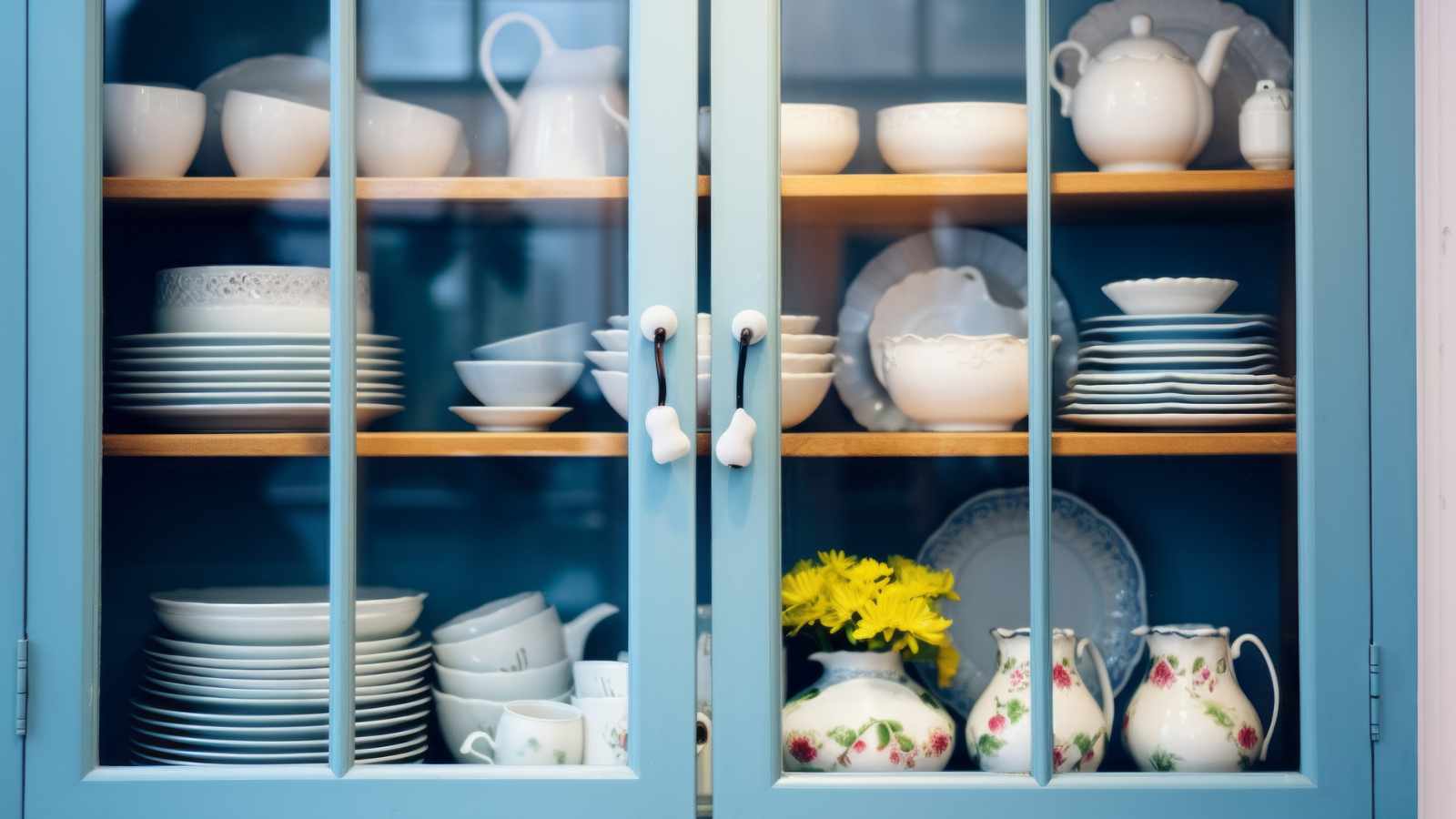
Many of us carry memories of specific household items that stood out, not because they were expensive, but because they meant something deeper. These everyday objects become emotional markers of a childhood in which resourcefulness, family bonds, and resilience mattered more than material wealth.
It’s worth noting that childhood poverty remains a meaningful global challenge: an Organisation for Economic Co‑operation and Development (OECD) report found that, on average, nearly 1 in 7 children in OECD countries are income-poor, and about 1 in 10 live below a fixed absolute poverty line. Moreover, a 2022 OECD report concluded that adults who experienced socio-economic disadvantage in childhood earn about 20% less, are 3-6 percentage points less likely to be employed, and suffer worse health outcomes — costing European OECD countries on average the equivalent of 3.4% of GDP annually.
This context matters because when families have fewer resources, every object in the home carries more weight—not just functional weight but emotional, cultural, and identity weight. Consider the following seven things you probably have at home if you grew up poor.
The Multipurpose Butter Container

One nearly universal memory: the reused margarine or butter tub. A plastic container, emptied of its original food product, reborn as a storage box for leftovers, sewing supplies, screws, or even as a food container the next day. What might seem trivial is, in fact, an example of frugality and reuse born of necessity.
A 2023 exploratory study published in ScienceDirect on consumer packaging reuse found that packaging design matters and that reuse behaviour correlates with income and resource constraints. When budgets are tight, the culture of “make-do” becomes ingrained. That butter tub isn’t just storage, it’s symbolic of resourcefulness and adaptation.
The Sacred “Good Towels” and “Guest Room”
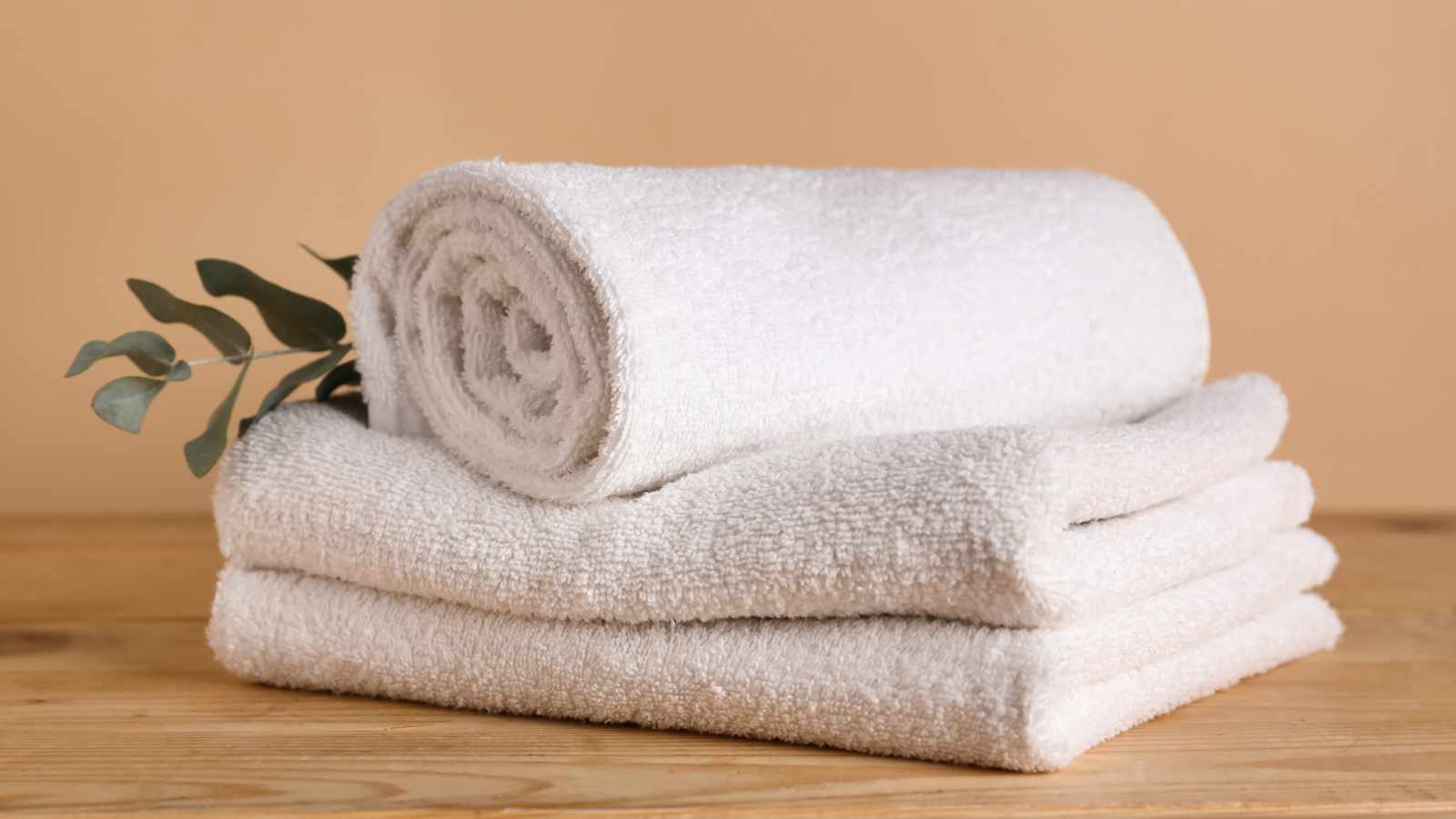
In many homes where money was scarce, there was still a set of towels reserved only for guests, or a part of the house (often unused) designated as the guest room. On the surface, this may seem contradictory—why maintain something that rarely gets used when daily life is tight? Because pride and dignity matter.
Keeping a “best set” of towels (white, thick, neatly folded) signals: “We care about our house, we respect visitors, we expect better.” Sociologists studying working-class culture highlight that even in low-income homes, the desire to preserve beauty and uphold tradition is strong.
A report by the OECD links socio-economic disadvantage to educational and life-outcome gaps, reinforcing the idea that resource-constrained families often use symbolic objects to foster stability. This behaviour aligns with patterns where working-class families maintain objects of aspiration and ritual even amid scarcity.
The All-Purpose Petroleum Jelly Jar

Another familiar item: the generic jar of petroleum jelly. It acts as a moisturizer, lip balm, first-aid ointment, hair care product, and cracked-heel treatment. In homes with limited budgets for specialized products, one versatile item becomes indispensable. Here, we see the broader theme of multi‐purpose being essential.
Economically constrained households often invest in items that serve multiple uses rather than many single‐use items. A 2024 literature review by Wiley Online Library on packaging-free systems emphasized how households under resource constraints turn to fewer but more versatile products. This underlines that the petroleum jelly jar is less about the product itself and more about efficiency in consumption.
The “Good Dishes” That Rarely See Use
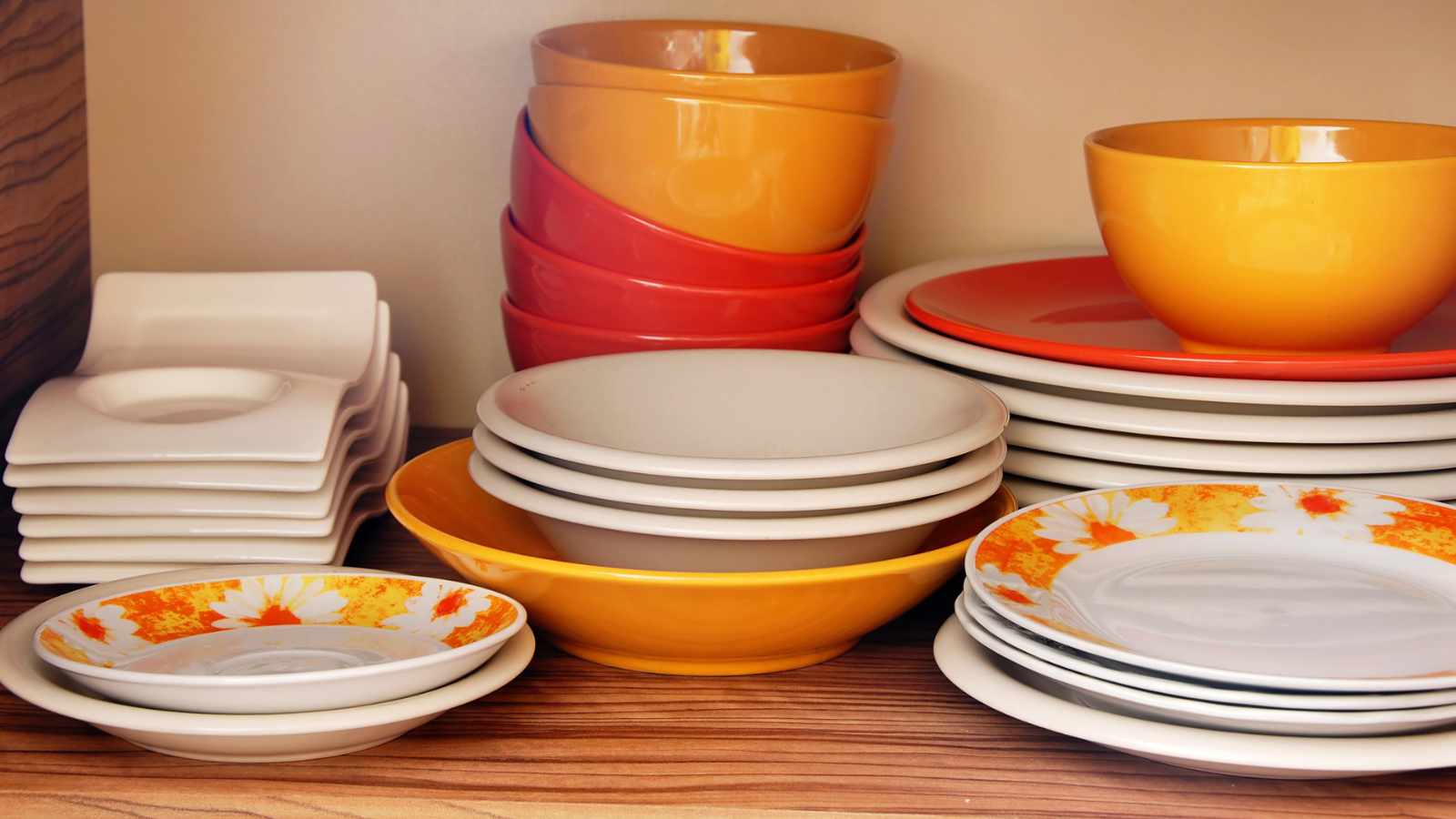
If there’s one set of plates or dishes that stays wrapped away and comes out only on Sunday or for visitors, you’ve likely seen it. “Good dishes” become a mechanism of hope or tradition. In many low‐income homes, the practice of preserving fine dinnerware is a way of maintaining respect for family gatherings, traditions, and identity.
The OECD found that socio-economic disadvantage is linked to lower educational attainment and income later in life, reinforcing the idea that physical objects may serve as anchors of stability and pride. In this sense, good dishes may not just be dishes—they’re guardians of memory, ritual, and familial hope.
The Ice-Cream Bucket That Became Everything

That large plastic tub that once held ice cream: now it’s a mop bucket, a toy box, a water bucket. This is upcycling at the household, informal level, driven by necessity. A 2025 study by arXiv of urban households in Indonesia found that perceived behavioural control—essentially the confidence to reuse/repurpose items—was the strongest predictor of zero-waste behaviour.
Reuse of containers is not just environmental; it is also economic and pragmatic, and a reminder of survival. That ice-cream bucket speaks volumes about the broader condition: when you grow up with less, you don’t just live cheaply, you adapt creatively.
The Plastic Bag of Plastic Bags
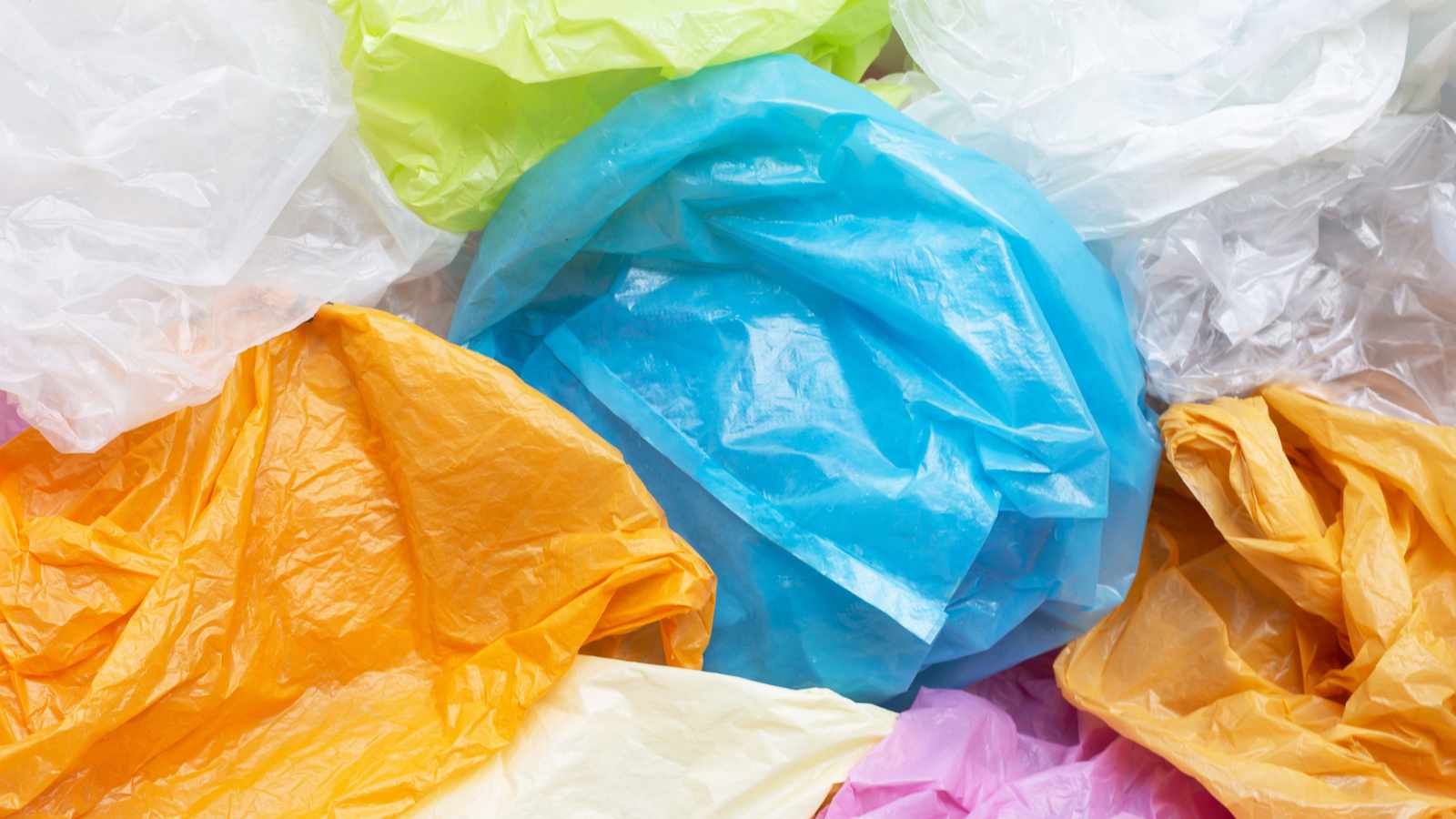
This one is almost universal: the bag within a bag; all the grocery bags saved for reuse. The habit of saving used grocery bags (or any plastic bag) runs through many homes where the growth of consumer “single-use” items was constrained by budget.
A 2024 survey by PA Consulting found that 55% of low-income consumers reported using reusable cups/containers, compared with 71% of high-income earners, which suggests that while reuse is widespread, the drivers and contexts differ by income. This underlines that the bag of bags is not simply an eccentricity—it’s part of a deeper pattern of saving, preparing, and being ready.
The Hand-Me-Down Furniture That Lasts Forever
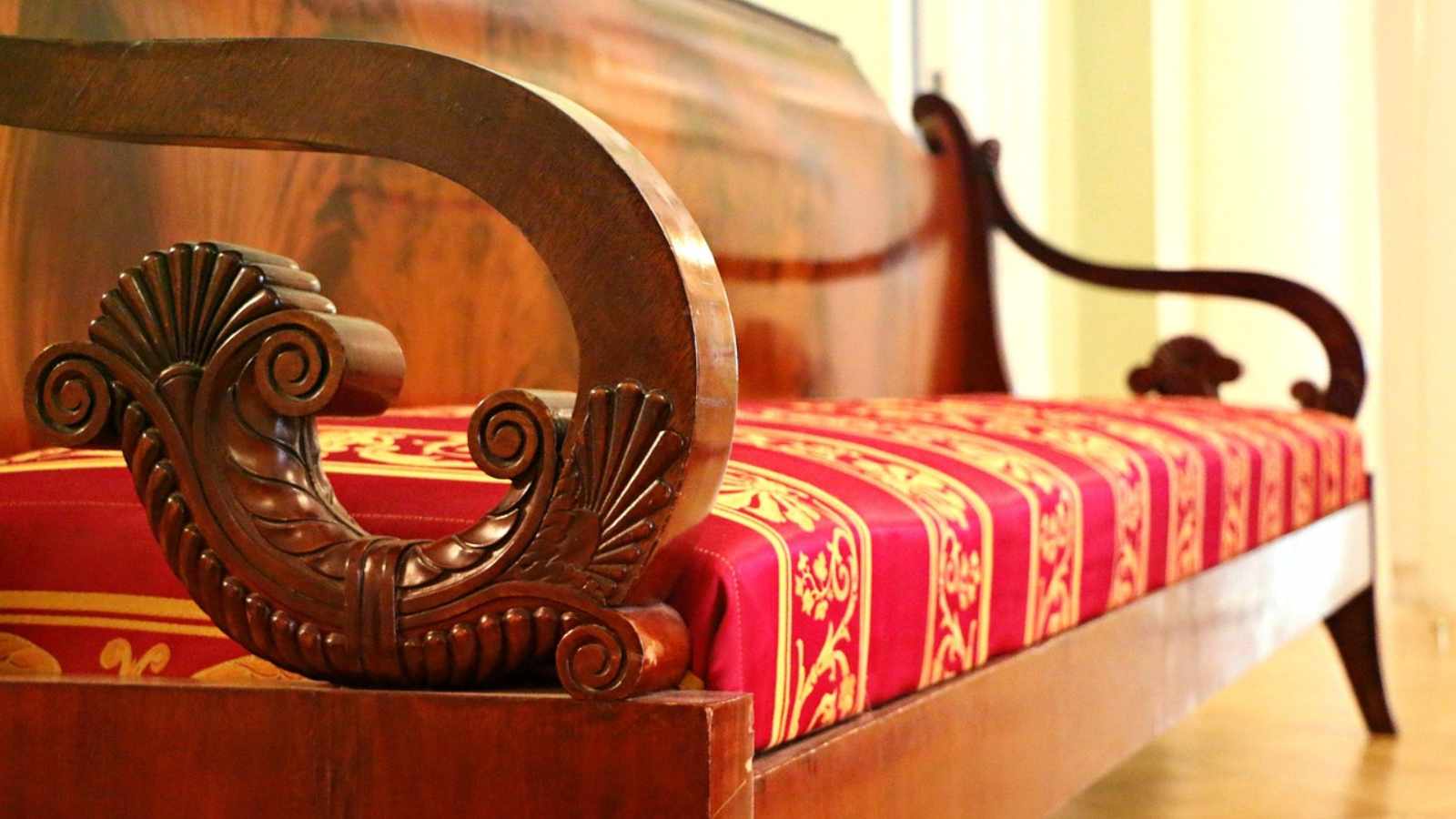
In many homes where budgets were tight, you’ll find a couch, table, or wardrobe that looks older than the occupants, but still works. Hand-me-down furniture is common. This item often came from a relative, neighbour, or previous era, yet it remains because replacement was hard.
The presence of such furniture says several things: (1) durability was valued over style, (2) repair and maintenance were preferred to disposal, (3) objects carried memory and history. Low-income families often repair rather than replace appliances, furniture, and other durable goods.
Key Takeaways

These items may still be in your home—or they may live only in memory. In either case, they speak of lived experience. Facing economic constraints does not automatically mean a lack of dignity or aspiration. On the contrary, many low-income families maintain standards, traditions, and hope.
If you grew up with a butter tub turned storage container, or a bag of grocery bags, or a set of “special” dishes, you may recognise more than just habit—you may recognise a story. A story of caring, making do, and preparing.
And perhaps today, as sustainability and minimalism trends dominate, the habits you grew up with are suddenly “trendy” in different packaging. But the reason behind them remains real: making more out of less.
Whatever your journey, if you look around your home and see these items, you might take a moment to say, “this is part of who I am.” Because beyond the objects lie values, identity, family, and memory. And that is why those simple things still matter.






